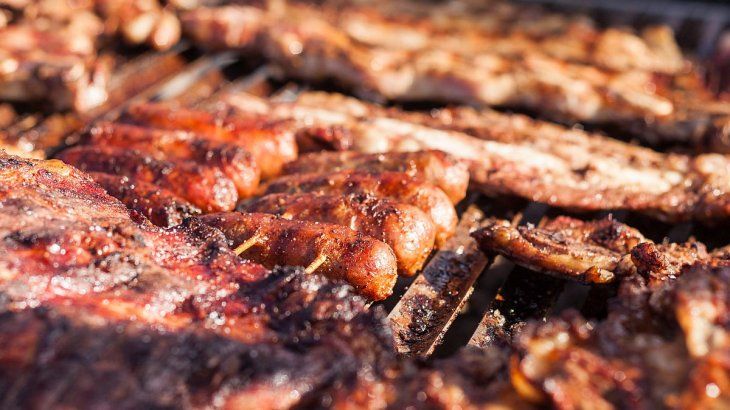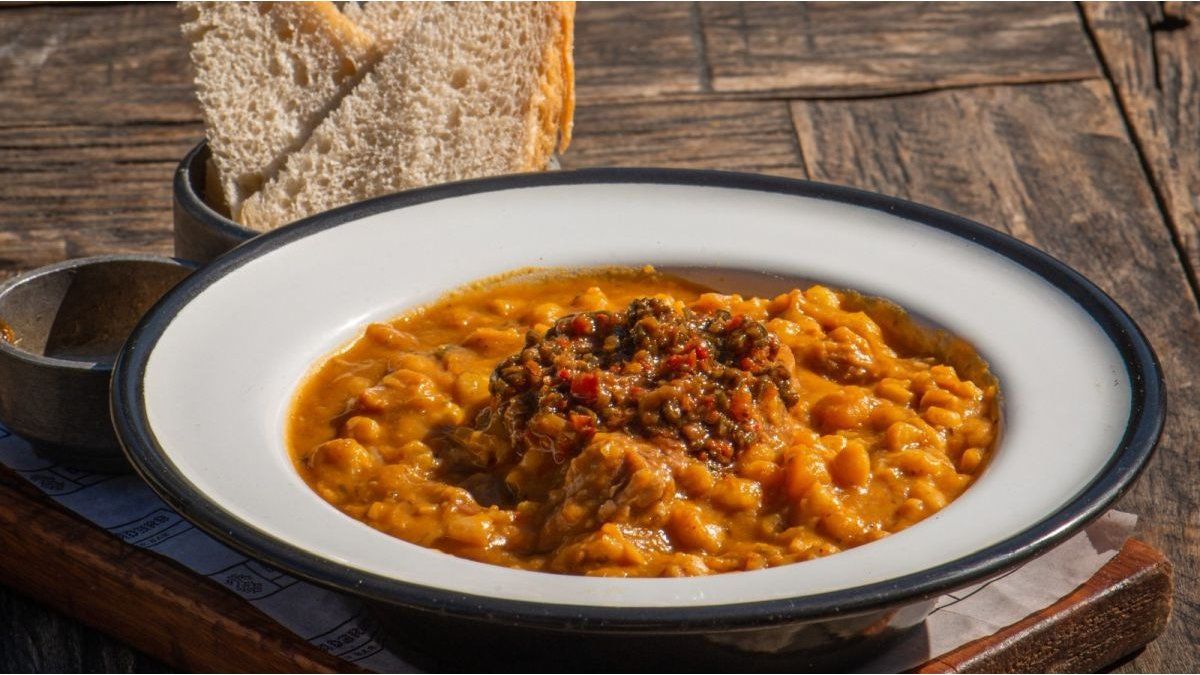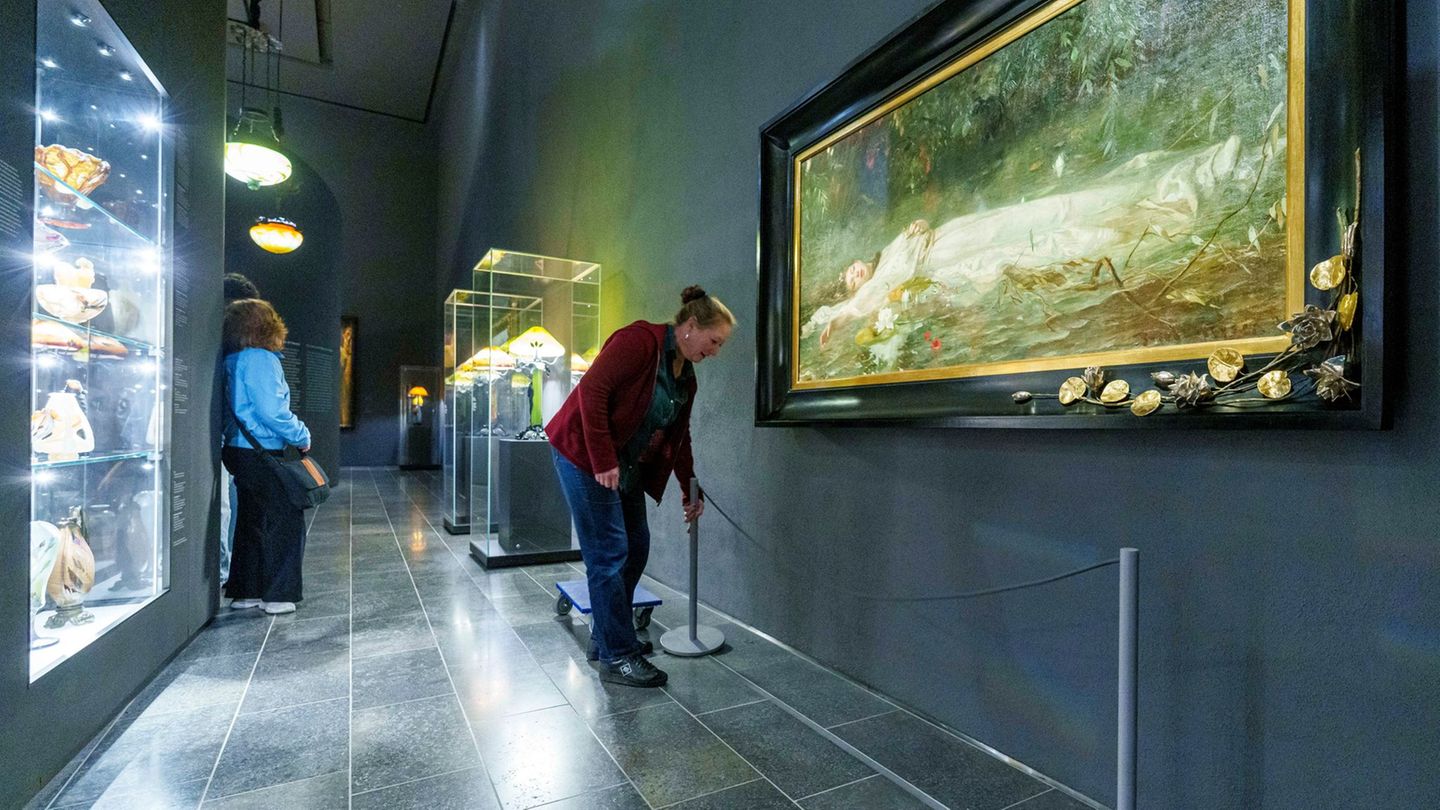Argentina is a country rich in customs and food. From beef cuts to pasta, stews and doughs. Find out which ones.
Argentina is famous for its rich culinary traditioninfluenced by a mix of cultures, including Italian and Spanish.
The content you want to access is exclusive for subscribers.
The barbecue is one of the most deeply rooted customs in Argentine culture. It is not just a way of cooking, but a social event that brings together family and friends. Various cuts of beef are usually grilled, as well as sausages such as chorizo and morcilla. Sundays are especially popular for enjoying a good barbecue, and it is common to accompany it with salads, chimichurri, bread and wine.


Argentine gastronomy is not just about the food, but also about the way it is shared and celebrated in community, reflecting a strong sense of family and friendship.
roast-meat.jpg

Depositphotos
How to prepare typical Argentine meals
Roast
Asado is the Argentine barbecue, a meal that is almost a ritual in the country. Cuts of beef are used, such as the flank steak, the strip of asado, chorizo and morcilla. They are cooked on a grill with wood or charcoal, and are usually accompanied with chimichurri, a sauce made with garlic, parsley, oregano, oil, vinegar and ground chili.
Ingredients
- Meats: Beef ribs (roast strip), flank steak, entrails, chorizos, blood sausages, among others.
- Coarse salt.
- Chimichurri: A mixture of garlic, parsley, oregano, ground chili, vinegar, olive oil and salt.
- Bread: To accompany.
Preparation
Light the fire
- Place the charcoal or wood in the grill and light it. Wood should be lit in advance, as it takes longer to form embers. If you use charcoal, you can use newspaper or charcoal lighters to make the process easier.
Allow the embers to form; they are ready when they are white on the surface and give off even heat. This process can take between 30 and 45 minutes.
Prepare the grill
- Once the coals are ready, distribute them evenly under the grill. To achieve perfect grilling, it is important to control the height of the grill: it must be high enough so that the meat does not burn quickly, but low enough so that it cooks properly. Approximately 15 cm away is ideal.
Salting of meat
- Sprinkle coarse salt over the meat before placing it on the grill. The salt will help bring out the flavors and form a delicious crust on the meat.
Cooking the meat
- Place the meat on the grill with the bone side down if it is a bone-in cut. Cook the meat over low heat, giving it time to cook evenly. It is important not to rush the process and to let the meat cook at its own pace.
- Chorizos and morcillas cook faster than cuts of meat, so it is best to place them after the thicker meats have been on the grill for a while.
Flip and cook
- Once the meat is browned and comes off the grill easily, it can be flipped. It is generally recommended to flip the meat only once to ensure even cooking.
Cook until desired doneness: juicy (rare), medium (medium) or well done, depending on diners’ taste.
Rest and serve
- Once the meat is cooked, remove it from the grill and let it rest for a few minutes before slicing. This allows the juices to redistribute within the meat, resulting in a juicier roast.
Accompaniments and enjoyment
- Serve the meat with chimichurri, fresh salads, roasted or fried potatoes, bread and a good glass of wine.
Empanadas
Argentine empanadas are a classic. They can be found with various fillings, the most traditional being meat, chicken, ham and cheese. They are made with a thin dough that is filled and cooked in the oven or fried.
Ingredients
For the mass:
- 500 g of wheat flour
- 100 g of lard (butter) or cow fat
- 200 ml of warm water
- 1 teaspoon salt
For the filling:
- 500 g minced or knife-cut beef
- 2 large onions
- 1 bell pepper (optional)
- 2 hard-boiled eggs
- 100 g pitted green olives
- 1 teaspoon sweet paprika
- 1 teaspoon cumin powder
- Salt and pepper to taste
- Olive or sunflower oil for frying
- 1 egg (to paint the empanadas before baking)
Preparation of the dough
- Melt the butter or fat: Place the butter in a pan and melt it over low heat. Allow to cool slightly.
- Mix the dry ingredients: In a large bowl, mix the flour with the salt.
- Add the butter: Make a well in the center of the flour and pour in the melted butter.
- Kneading: Add the warm water little by little and mix until a homogeneous dough is formed. Knead for about 10 minutes until the dough is smooth and elastic.
- Rest: Cover the dough with a cloth and let it rest for 30 minutes.
Preparing the filling
- Chop and sauté: Finely chop the onions and bell pepper (if using). In a large skillet, heat a little oil and sauté the onion and bell pepper until tender.
- Cooking the meat: Add the meat to the pan and cook until browned. Break up the meat well with a spatula as it cooks.
- Season: Add paprika, cumin, salt and pepper to taste. Cook for a few more minutes until the flavors are well blended.
- Add eggs and olives: Chop hard-boiled eggs and olives and add to meat mixture. Mix well and remove from heat. Allow filling to cool before using.
Assembling the empanadas
- Roll out the dough: Divide the dough into portions and roll each one out with a rolling pin until it is thin, approximately 3 mm thick.
- Cutting out discs: Using a pie cutter or large glass, cut out discs of dough about 10cm in diameter.
- Filling: Place a tablespoon of filling in the center of each disc. Don’t put too much filling in to prevent the discs from breaking when you close them.
- Sealing the empanadas: Moisten the edges of the dough with a little water, fold the disc in half and press the edges to seal. You can fold the edges to make sure they don’t open when cooking.
- Brush with egg: Place the empanadas on a baking tray and brush them with beaten egg so that they turn golden when baked.
Cooking
- Baking: Preheat the oven to 200°C. Bake the empanadas for 20-25 minutes or until golden and crispy.
- Frying: If you prefer, you can also fry the empanadas in hot oil until they are golden.
Source: Ambito
I am an author and journalist who has worked in the entertainment industry for over a decade. I currently work as a news editor at a major news website, and my focus is on covering the latest trends in entertainment. I also write occasional pieces for other outlets, and have authored two books about the entertainment industry.




